Counterfeit 13 A Plugs

In previous articles, we have looked at counterfeit fuses and substandard chargers and adaptors sold on sites like Ebay and Amazon. Unfortunately, counterfeit rewirable 13 A plugs are also being sold. The plugs in this article were purchased from a UK seller on Ebay.
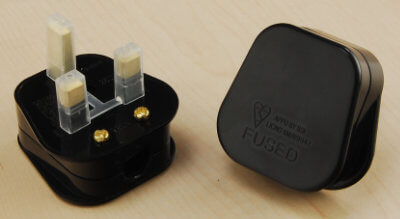
On initial inspection, the two plugs we purchased appeared to be fairly standard rewirable 13 A plugs. The wiring cards and retaining screws were supplied in a separate plastic bag.
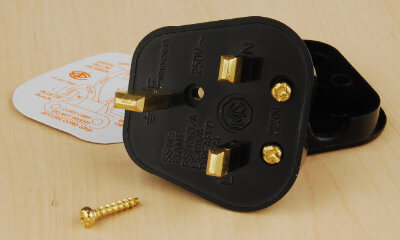
The first indication that these plugs are counterfeit is that the screw holding the lid in place is not self-retaining (captive). BS 1363, the British standard for 13 A plugs, requires that the screw holding the two parts of the plug together is captive. On these plugs, the screw just falls out, it's not held in the base as it should be.
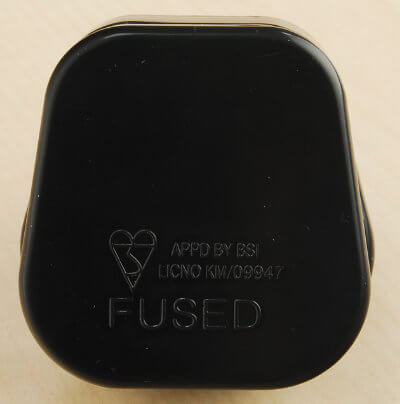
There is a Kitemark and licence number on the cover, indicating that it has been approved by the BSI and meets the BS 1363 standard. However, on closer inspection, the 'S' on Kitemark doesn't look quite right. The licence number for the BSI approval is KM/09947. A search to check the licence number on the BSI website shows that no matching licence number exists. Therefore we can be certain that this plug does not have BSI approval and should be considered counterfeit.
BSI Certificate SearchTwo other organisations are authorised to approve BS 1363 plugs, ASTA and Nemko. Both of these organisations also have a similar certificate search facility available on their websites.
ASTA Certificate SearchNemko Certificate Search
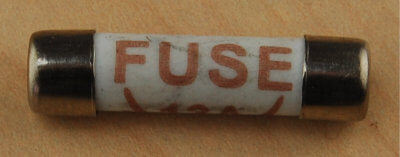
The fuse in the plug is an obvious cheap counterfeit. It does not have a manufacturer's name or mark and is also missing an approval mark. Both are requirements of BS 1362, the British standard for plug fuses.
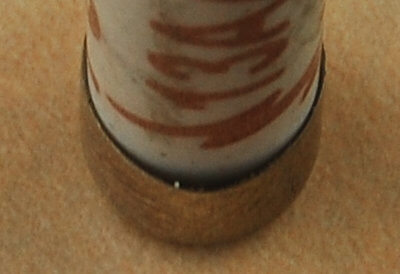
We can see that the fuse wire is trapped in place by the end cap on the fuse. A genuine BS 1362 fuse should have the fuse wire held in place by an eyelet within the cap.
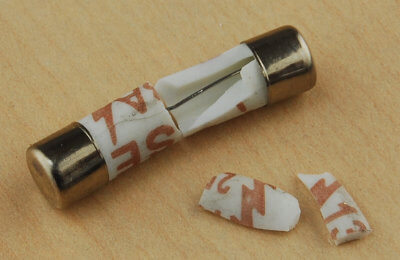
Breaking the fuse open, we can see that it does not contain the sand filling required by BS 1362. The sand filling is important because it displaces the air within the fuse and prevents it from exploding when it blows. We also have an article on counterfeit fuses, including a video demonstration of a counterfeit fuse exploding.
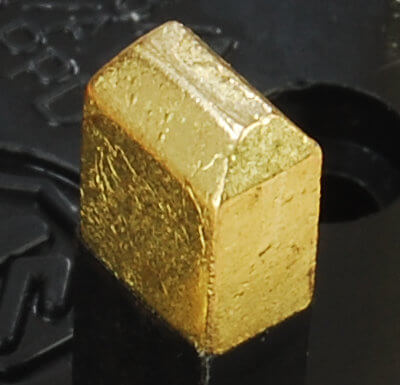
The finish quality of the metal pins is noticeably poor.
Flammability Testing
To comply with BS 1363, the body of the plug must be made from a self-extinguishing material. To test this, we held a blow torch to the plug for a few seconds until a flame could be seen and then removed it. For self-extinguishing plastics, the flame should extinguish itself within 30 seconds of the ignition source being removed. The images below show the results. The flame did not extinguish itself, in fact, it intensified until the entire plug was well alight.
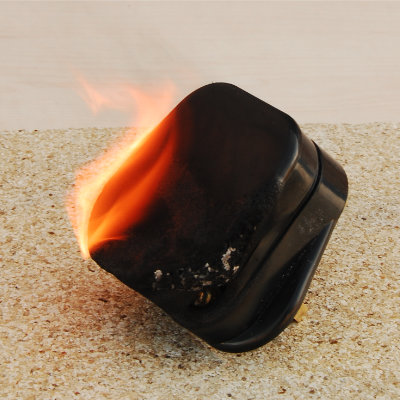
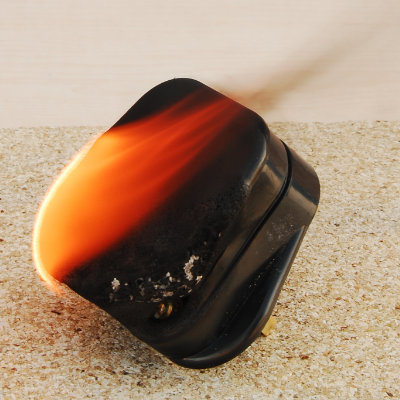
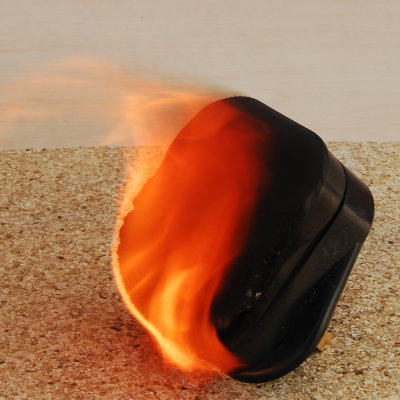
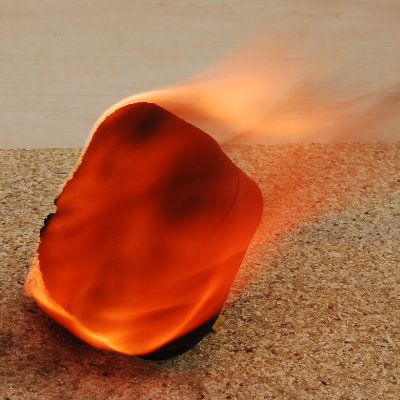


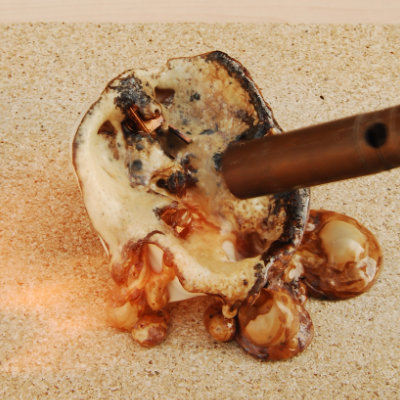
In this example, we apply the same test to a genuine BS 1363 plug. The plastic melts, but it's impossible to ignite and produce a flame.
The flame test demonstrates how dangerous these counterfeit plugs are. It's not unusual to find overheated and melted plugs whilst PAT testing. This is usually due to a combination of a loose terminal connection and overloading. In most cases, fires are prevented because the BS 1363 product standard requires the plug to be made from plastic which will not ignite. These counterfeit plugs will almost certainly lead to fires.
Our advice would be not to purchase any electrical items from either Ebay or Amazon. Only use reputable retailers that you can trust to have quality assurance policies in place to ensure the product they sell are safe.
Identifying counterfeit and substandard electrical equipment is becoming an important part of the inspection and testing process and is something that we cover in our courses. In this case, the biggest giveaway to identify this particular plug as counterfeit was the poor quality fuse, the non-captive screw and the odd-looking Kitemark. Unfortunately, it might not always be this obvious.